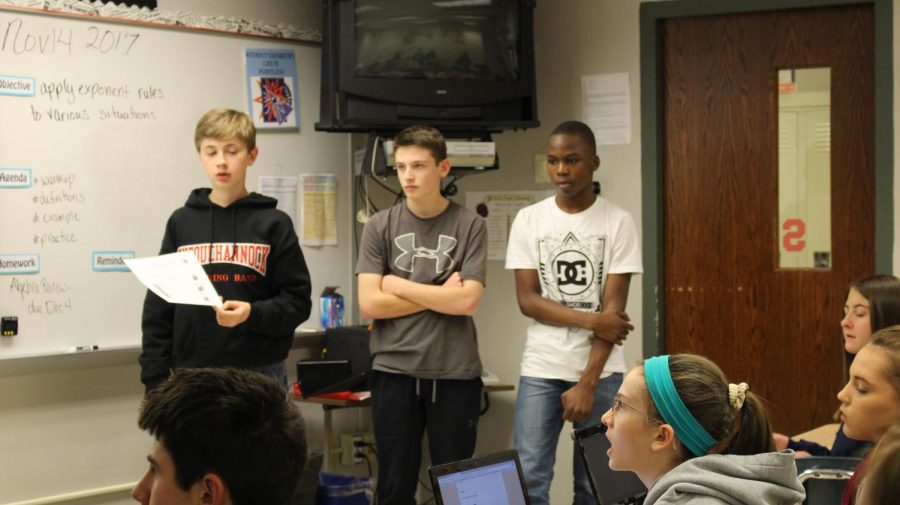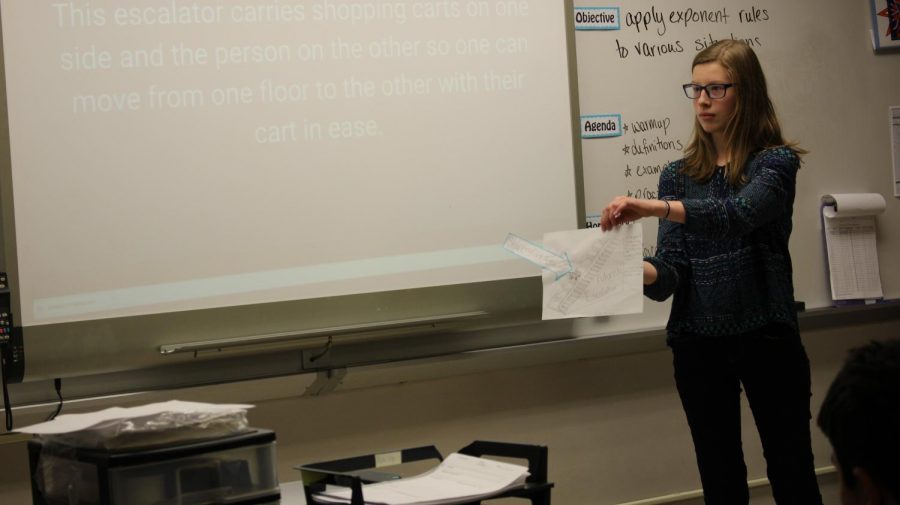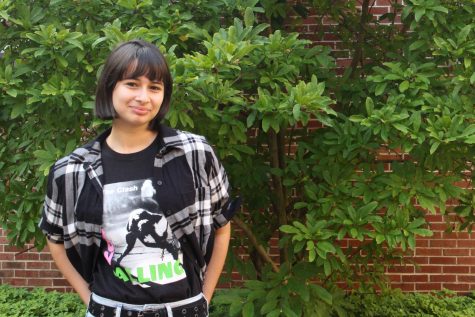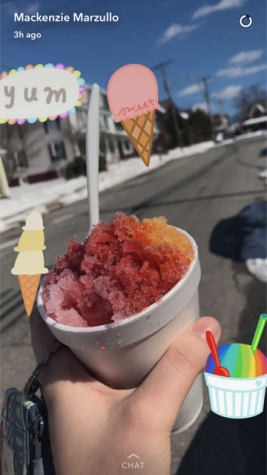Students Learn from the Past to Design Inventions of the Future
November 20, 2017
Freshmen U.S. History students presented their invention projects on November 14.
Students were instructed to find one invention originally created during the second wave of the Industrial Revolution and build a device for the future based on its original concept.
Middle and high school social studies teacher Heather Schoemaker wanted students to think outside the box.
“The purpose was…[to] look at how inventions and how technology impacts a society,” said Schoemaker. “…analyzing that invention…over continual time, that idea has continued to improve and when… potentially they can see that their creativity can be included with social studies and new ideas can continue to push a nation forward.”
Some student inventions included a submarine cruise, contact lenses that contained identification information and a camera that works with photographic memory.
Freshman Brooke Fitzgerald observed how some people represented themselves in the project.
“I just noticed some of these products…you would just know that was from that person,” said Fitzgerald. “…you could just see how that person’s personality came out with their invention.”
Fitzgerald said this project helped her learn about the Industrial Revolution and the possible impacts of their future innovations.
After students presented their project, the class discussed the invention and its implications on society.
Freshman Hayley Fellows designed contact lenses that could contain personal information and learned how working with others can help the future.
“Things change, and other people put work into your work to make things different and better,” said Fellows.
Schoemaker believes projects like these can help students see how they can make a change.
“I think there’s a lot of potential with this…generation. They are creative,” said Schoemaker. “If you allow students to think outside the box, it’s amazing what they are able to do. If you give them the background information, as long as they have that solid foundation, they can build upon it, and they can definitely make a difference in this world.”






